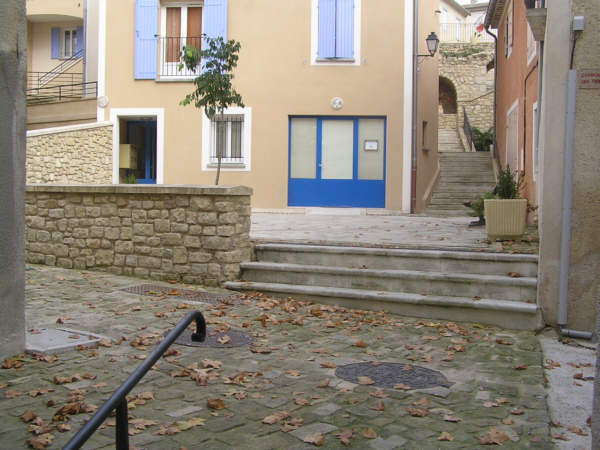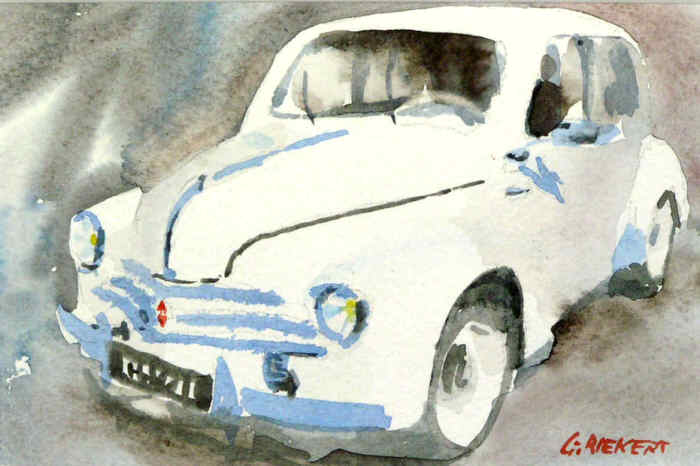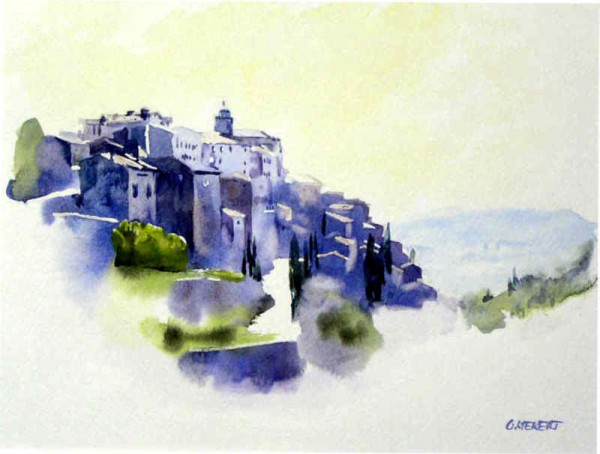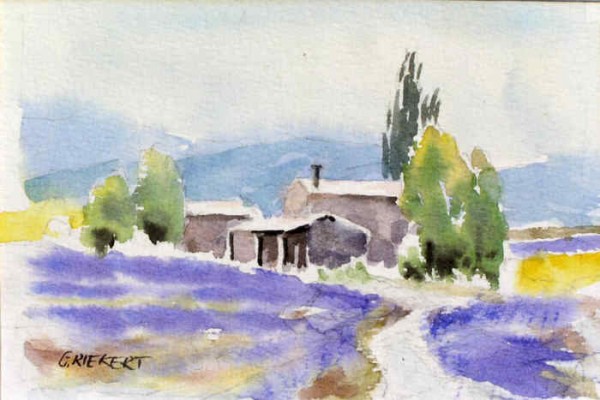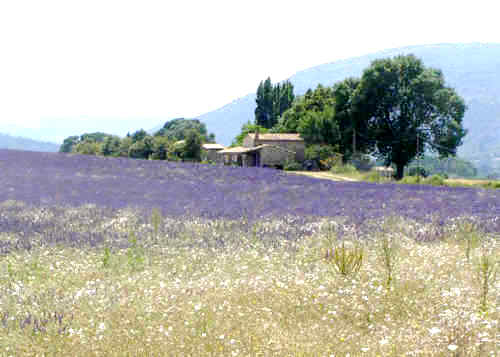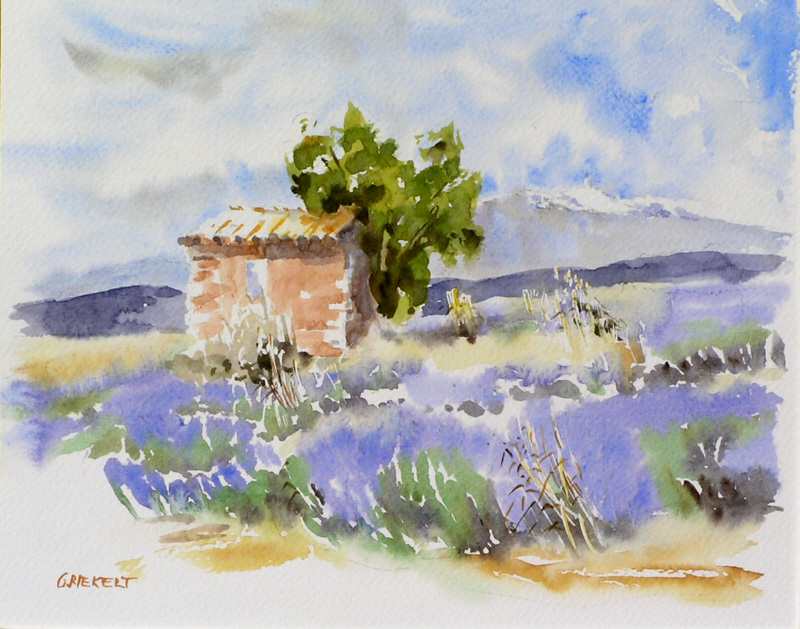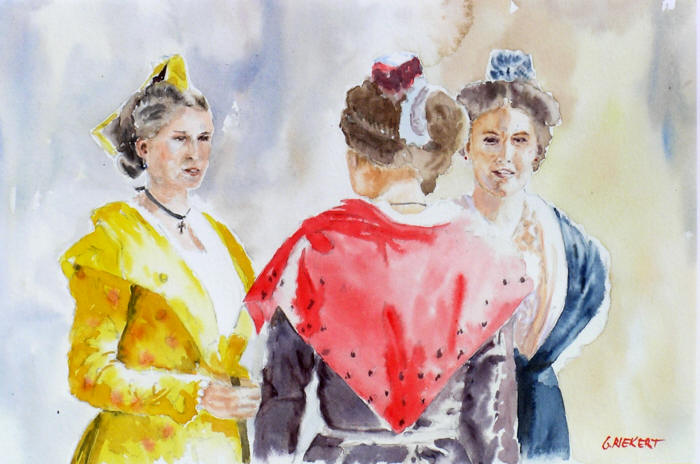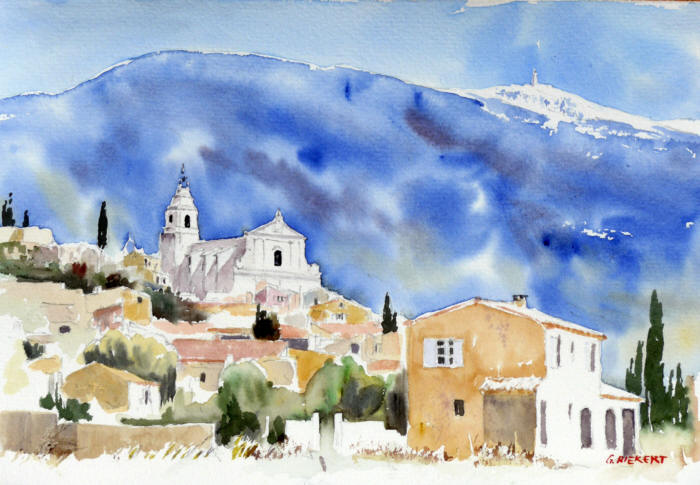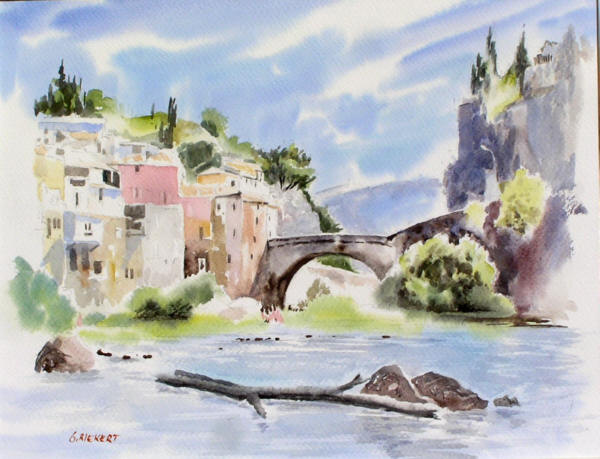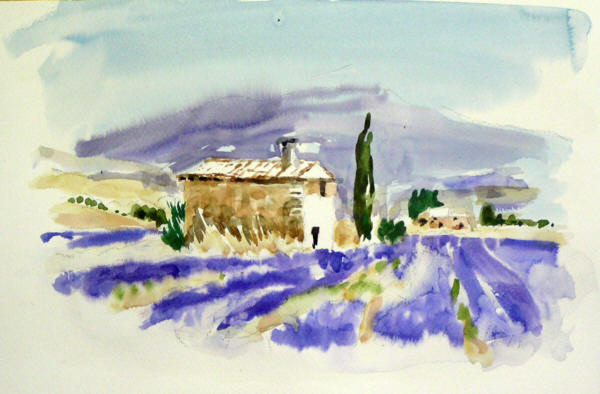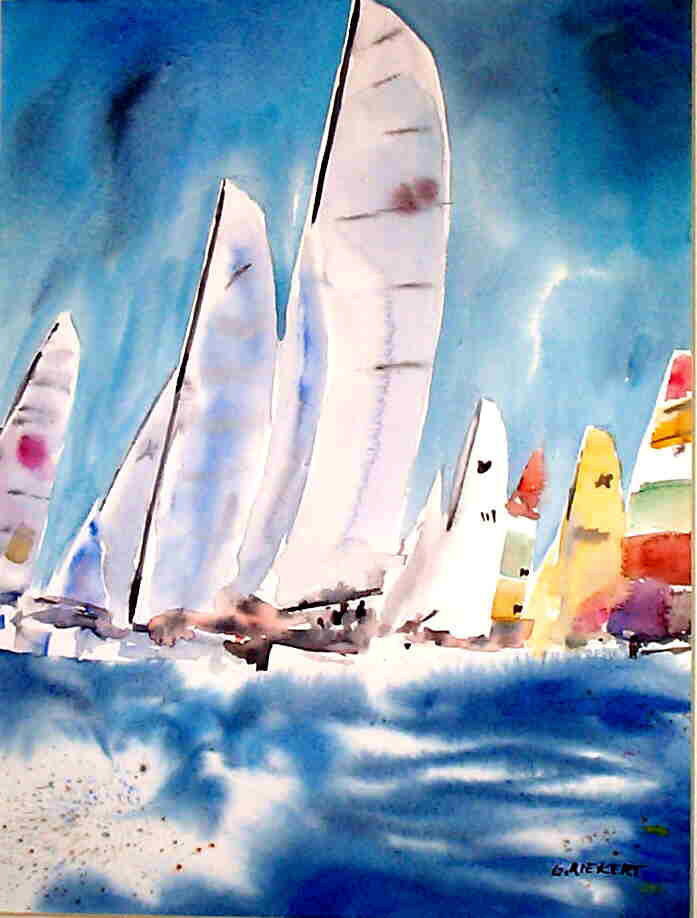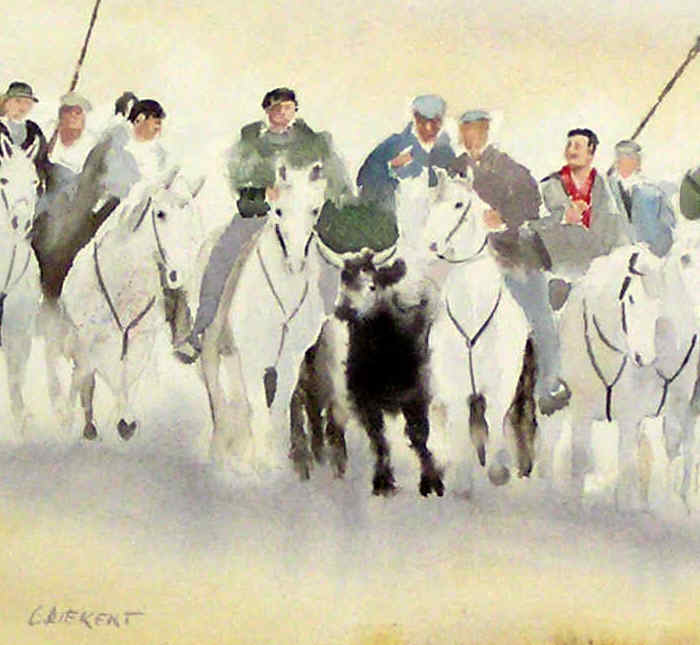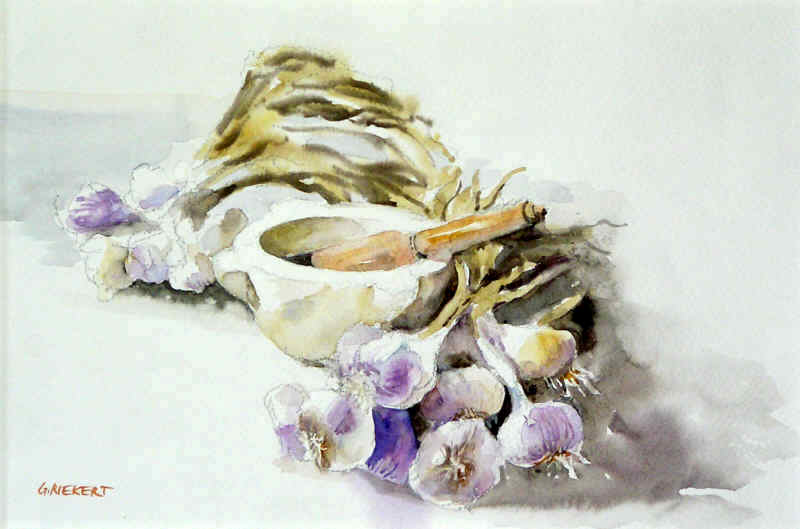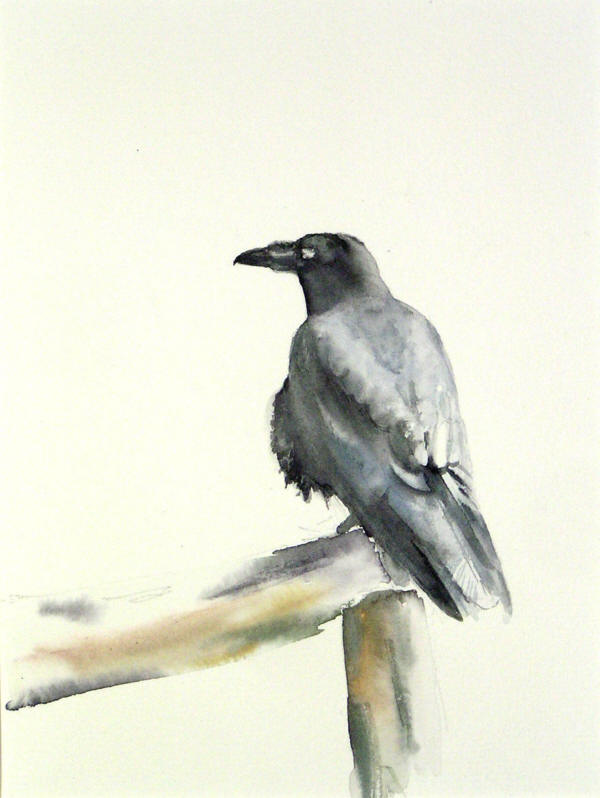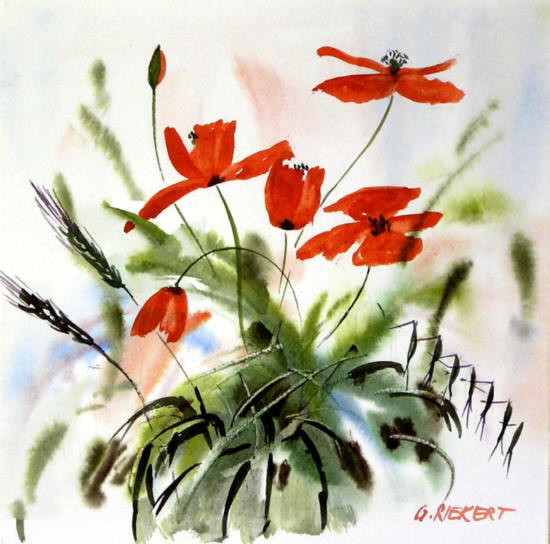Cours hebdomadaires à Mormoiron
30 September, 2011
L’association « Les Amis de Mormoiron » vous propose
cours d’aquarelle hebdomadaires
à partir de
jeudi 6 octobre 2011 et
vendredi 7 octobre 2011
à Mormoiron
Salle de la liberté (centre ville)
14 à 17 heures
plus d’infos Tél. 04 90 61 53 21
vieille caisse – junk car – alter Göppel
15 September, 2011
Contre-jour – Backlighting – Gegenlicht
09 August, 2011
“Gordes en contre-jour”,
aquarelle – watercolor, papier Fabriano 300 g/m²
- Un motif en contre-jour apparaît avec de formes simplifiées, beaucoup de détails disparaissent et les couleurs changent. En revanche les contrastes sont renforcés. Idéal pour une peinture à palette réduite ou pour obtenir des effets dramatiques. La silhouette de Gordes (dépt. Vaucluse) est peint avec bleu de cobalt, rouge indien (un brun violet), rose permanent et jaune de Cadmium. Les tons violets sont des mélanges de bleu et rose ou rouge, le vert de bleu cobalt et jaune. Les toits et la route en contre-jour ont été réservés avec la gomme à masquer pour peindre librement sur le papier mouillé.
- In a backlit scene forms appear simplified, details are disappearing and colors are changing. But contrasts become stronger. This is perfect for a reduced palette painting or one with dramatic effects. The silhouette of Gordes (village in the french department Vaucluse) was painted with cobalt blue, Indian red, permanent rose and Cadmium yellow. The violets are obtained by mixing blue and rose or red, greens with blue and yellow. The roofs and street have previously been covered with masking frisked to allow free brushstrokes on the wet paper.
- Im Gegenlicht erscheint ein Motiv in einfacheren Formen, viele Details verschwinden und die Farben ändern sich. Kontraste dagegen sind verstärkt. Dies macht das Gegenlicht ideal für Bilder mit reduzierter Palette und für dramatische Effekte. Die Silhouette von Gordes (département Vaucluse) malte ich mit Kobaltblau, Caput mortuum (eine violett-braune Erdfarbe), Permanentrosa und Kadmiumgelb. Violettöne sind aus Blau und Rosa oder Rot gemischt, Grüntöne aus Gelb und Kobaltblau. Die sehr hellen Dächer und die Strasse im Gegenlicht wurden mit Maskiergummi abgedeckt, um ein freies Malen auf dem feuchten Papier zu ermöglichen.
Interpretation
10 July, 2011
- Interpréter un sujet est la chose la plus importante dans la création d’une peinture. Copier ce qui est devant nous – en nature ou en photo – n’a jamais donné une bonne peinture. Et pourtant, si on veut exprimer l’émotion qu’on ressent il faut essayer de capter les plus de détails (ou d’informations) possible … en gardant finalement que l’essentiel.
- To interpret a subject is the most important thing when you are creating a painting. You never will get a good painting if you copy what you see (from life or photo). But if you want to transmit your emotion, try to register as many details (or information) as possible … to keep finally only the essential.
- Die Interpretation eines Motivs ist für mich das Wichtigste bei der Kreation eines Aquarells. Nur abzumalen, was man vor sich sieht – sei es nun nach der Natur oder vom Foto – hat noch nie ein gutes Bild ergeben. Und dennoch, will man das Gefühl ausdrücken, das man beim Betrachten empfindet, muss man versuchen, soviel Details (oder Informationen) wie möglich zu registrieren … um dann schließlich nur die wesentlichen zu verwenden.
Ail fané de Provence
11 June, 2011
aquarelle – watercolor, papier Fabriano 300g/m², 20 x 30 cm
- C’est le moment de récolter l’ail violet de Provence. Avant de le tresser j’ai arrangé une nature morte avec un veux mortier en marbre, outil indispensable pour faire le fameux aïoli.
- It’s time to harvest the violet garlic in Provence. You should set up a still life before it is plait. I added an old marble mortar which is indispensable to make the famous Aioli.
- Jetzt ist es Zeit in der Provence den violetten Knoblauch zu ernten. Bevor er zu Zöpfen geflochten wird, habe ich ein Stillleben arrangiert mit einem alten Mörser, unentbehrlich für die Zubereitung des berühmten Aioli.
